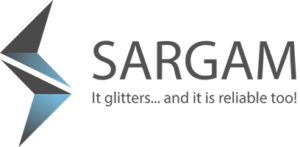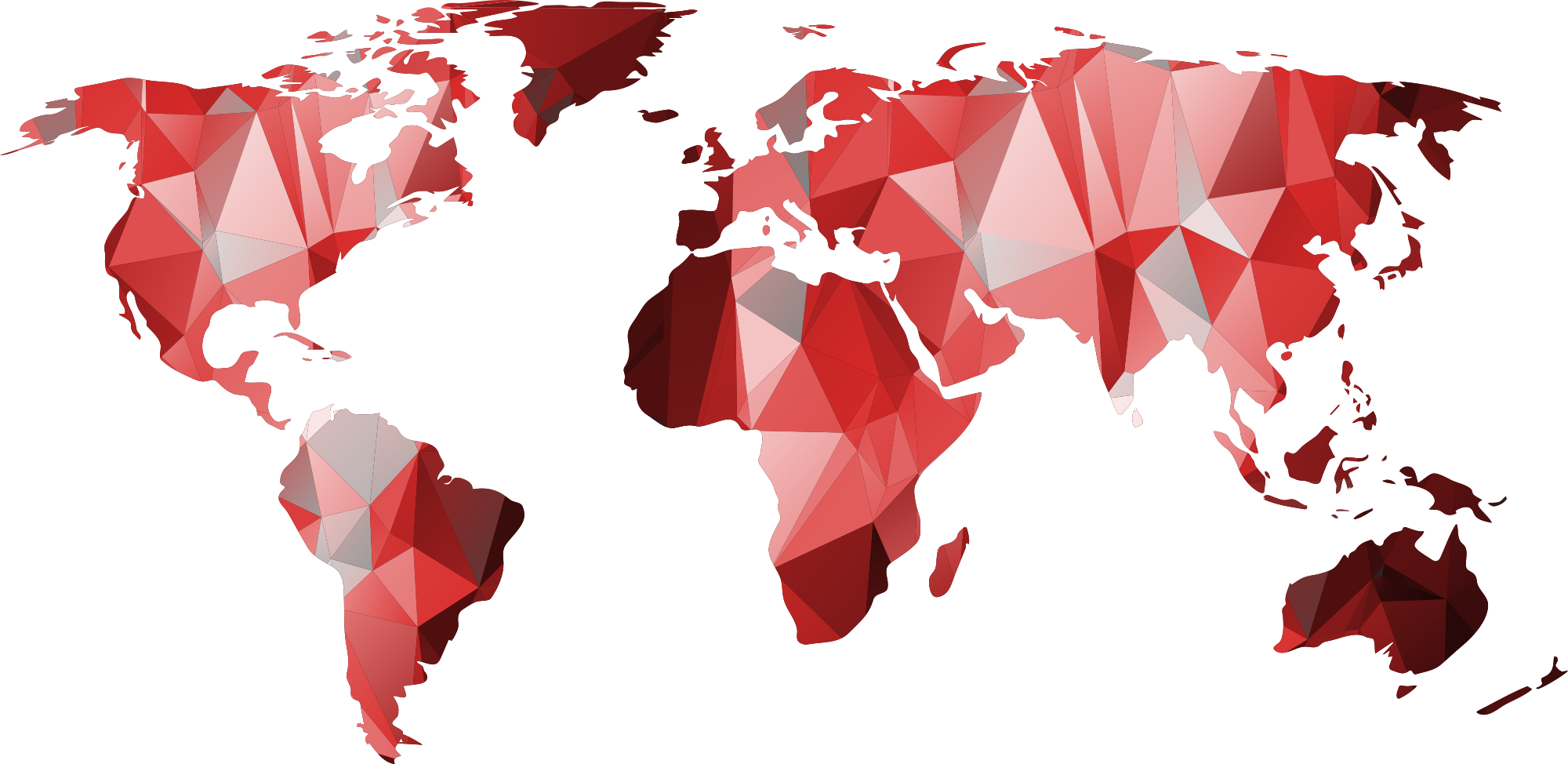Factors to consider in sourcing from low cost countries
Sourcing from low-cost countries has emerged as a popular option for long as well as short term benefits. When processes such as silver plating are outsourced to low-cost countries, it delivers world-class products at significantly reduced capital investment. A successful low-cost sourcing operation does yield a number of benefits. However, factors such as distance, cultural and work ethic differences, and other risks impact such operations.
Here are some of the key factors to consider in low-cost country sourcing.
Take the tax regime into account
The amount of export tax in the source country and the import tariff in the consumption country decide the revenue you will earn from the sourcing operation. In case the tariff levels are high, companies must find ways to do business without increasing the price for the customer or allowing the profit margins to dip. To that end, client companies can leverage long-term contracts and supplier relationships to negotiate the price per unit so as to reduce tariff amounts. options such as duty drawback exemptions or temporary product exclusion requests can also be explored.
Consider costs and risks in transportation
As companies increasingly outsource supply chains, the costs and risks of long-distance transportation matter more than ever. Shipping is the cheapest mode of transport. However, transportation considerations must also expand to product packaging. Product packaging must now be customized for easy handling and protection in transit and during offloading. This factor is central to the packaging of products at Sargam industries.
Consider the lead time
Low-cost sourcing often entails a longer lead time. Companies must consider the impact of longer lead time on the economic order quantity and the requirement to have higher safety stocks on their costs. In recent years, the relevance of EOQ is been questioned due to the rise of just-in-time and lean models
Quality control and its impact on business
Sourcing from low-cost countries often means that products delivered could be of lower quality. Factors such as education and skill level of workers in the exporting country play a vital role here. At times, companies end up investing heavily at the point of product receipt to improve the quality, which can negate the benefits brought by low-cost sourcing. Sargam industries have all the required infrastructure and documentation to ensure world-class quality in silver plating.
Consider the possibility of supplier failure
Factors such as political or economic instability or unforeseen events in the exporting country can result in the supplier failing to deliver the product in time. Due to this, the validity of low-cost country sourcing for a just-in-time supply chain management is often questioned. Downtime and halted production in the consuming country could cost more than savings generated from low-cost countries.
Cost of remote monitoring
Outsourcing to a low-cost country involves aligning the capability and thinking of the facilities in exporting country with that of the importing nation. This entails investing in monitoring, mentorship, training and auditing of the exporting facility’s workforce. The cost of such activities alongside aspects such as cultural differences and up-skilling ability of the employees in the export country must be considered.
Conclusion
As the global dynamics evolves with time, the low-cost sourcing strategy must also change to adapt to it. Factors such as volatile commodity prices, legal infrastructure, and rising consumer activism, and political landscape also have a significant impact on low-cost sourcing operations. Low-cost sourcing is no longer a static game. Periodic reviews and changes to the low-cost sourcing strategy are a must to ensure stability and growth over time.

